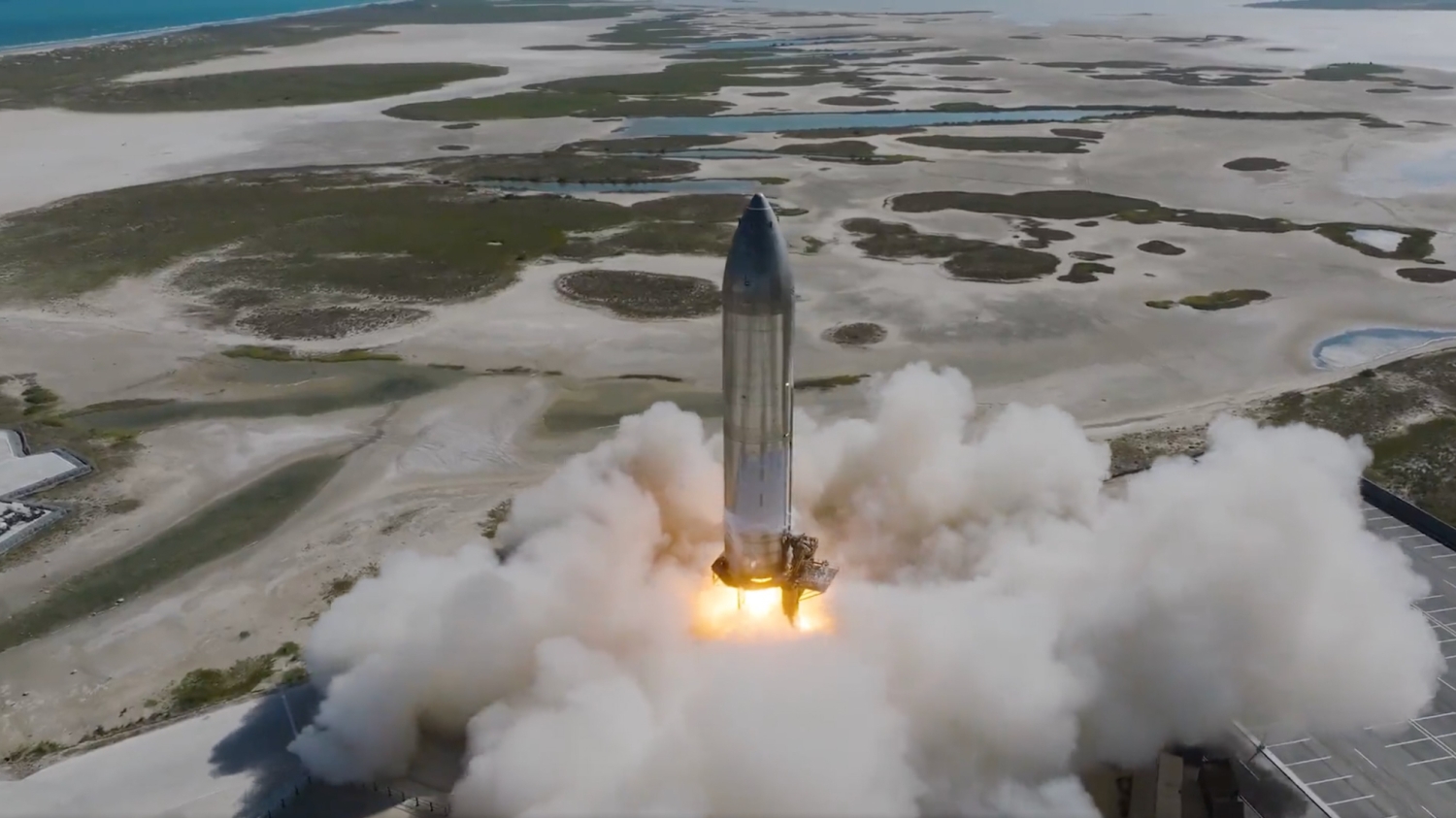SpaceX Starship
Elon Musk is a renowned innovator and businessman in multiple industries. He started SpaceX to build rockets when his attempts to purchase intercontinental ballistic missiles (ICBMs) to send the greenhouse payloads into space failed in 2020. SpaceX became the first private company to place astronauts into orbit and dock a crewed spacecraft with the International Space Station (Wikipedia (n.d.). Despite the many SpaceX technological successes, the Starship rocket launched in April 2023 was destroyed by fire and explosion four minutes after launch above the Gulf of Mexico (Time, 2023).
Thankfully, no lives were lost associated with the air vehicle disaster for which the cause is undetermined. However, there was a risk to public safety. The Starship fleet was grounded until the Federal Aviation Administration (FAA) determined
that “any system, process, or procedure related to the mishap does not affect public safety” (Time, 2023).
There are other examples where air vehicle failures or external forces, whether technical, mechanical, human, or other, resulted in the loss of life – the Space Shuttle Columbia disaster, the Kobe Bryant helicopter crash, and Malaysia Airlines Flight 370.
These examples demonstrate why my sociotechnical system, the Air Vehicle Safety Prevention and Protection System sociotechnical system, will be beneficial. The system will be comprised of 2 components:
- Safety Prediction Tool for Software
- Onboard Safety Reporting Module
Two Forces that Affect My Social Technical Plan
Technological
Artificial Intelligence (AI) and Machine Learning will enable the Air Vehicle Safety Prevention and Protection System. The technologies may be applied to evaluate technical, environmental, human, and other inputs and predict the probabilities of hazardous conditions before and during flight. The system will caution the pilot or operator to conditions or changes that increase the risk of hazards above an acceptable level and will alert operators and communication systems of increasing hazardous levels.
Legislative Forces
Use of the system would require regulatory certification (e.g., the FAA), which typically requires extensive testing of a deterministic system. The system boundaries may be dynamic due to the volume of possible sources that could lead to a hazardous or catastrophic result, presenting a barrier to certification.
Legal
Using machine learning and AI to predict, report, and prevent safety hazards is beneficial in concept; however, what are the implications if a hazardous or catastrophic event occurs while using the system? Liability associated with failure of the system to prevent a dangerous or devastating event must also be considered.
References
Smith, D. (2014, September 9). Key Learnings from Past Safety-Critical System Failures. Barr Group Software Experts. https://barrgroup.com/embedded-systems/how-to/learning-from-firmware-failures
Time (2023, April 24). What We Know About Why SpaceX's Starship Rocket Failed. Time.com. https://time.com/6274091/why-did-starship-rocket-explode-spacex/
Wikipedia (n.d.). Elon Musk. Wikipedia.org. https://en.wikipedia.org/wiki/Elon_Musk

.jpg)
%20-%20Copy.jpg)
Comments
Post a Comment